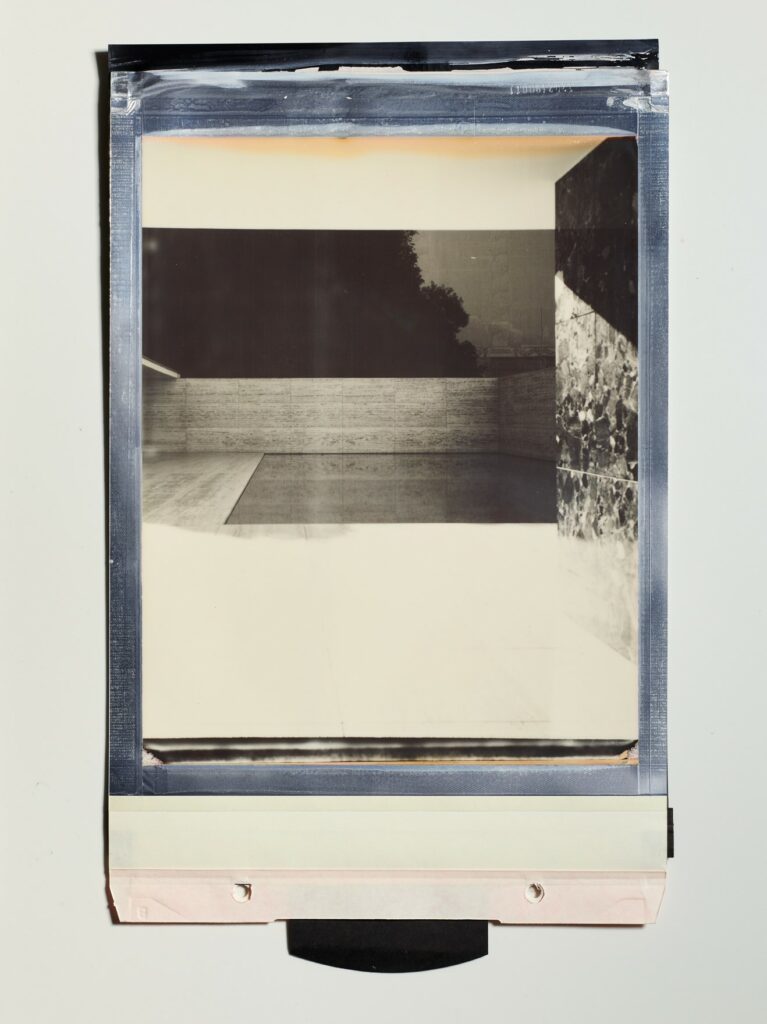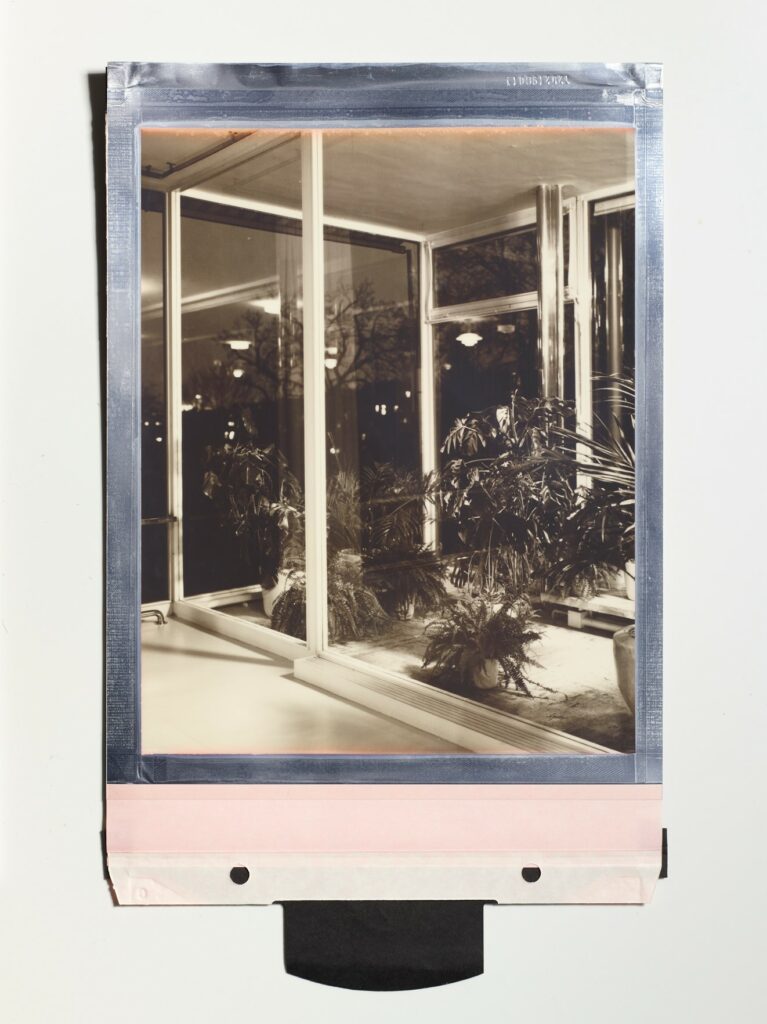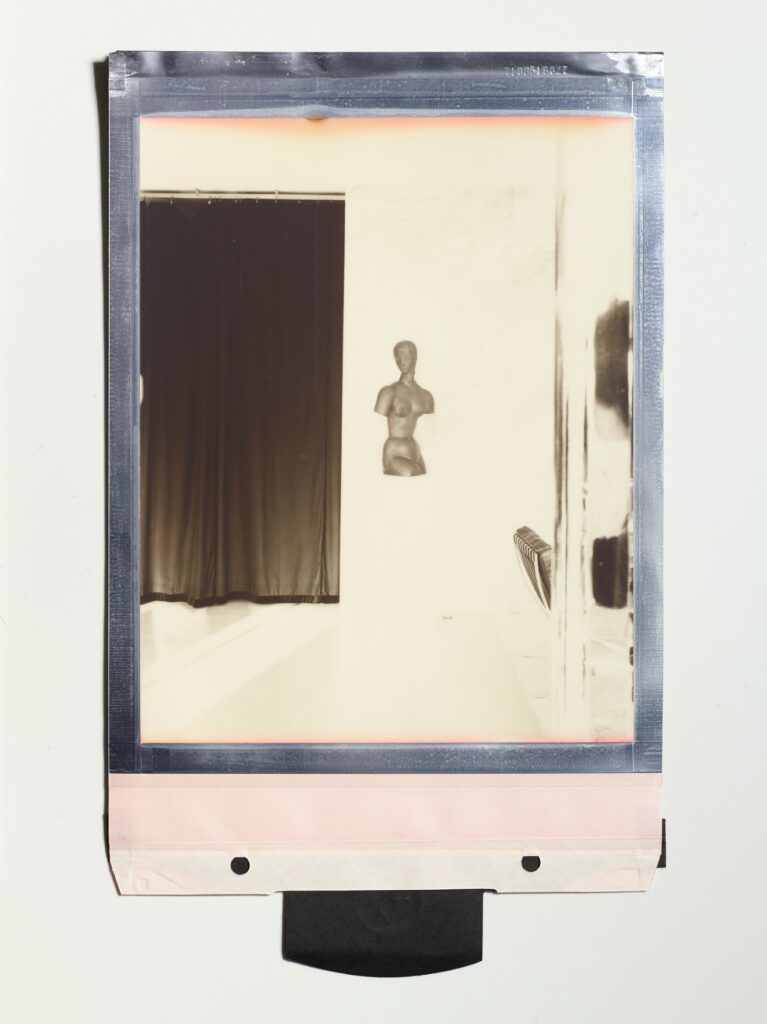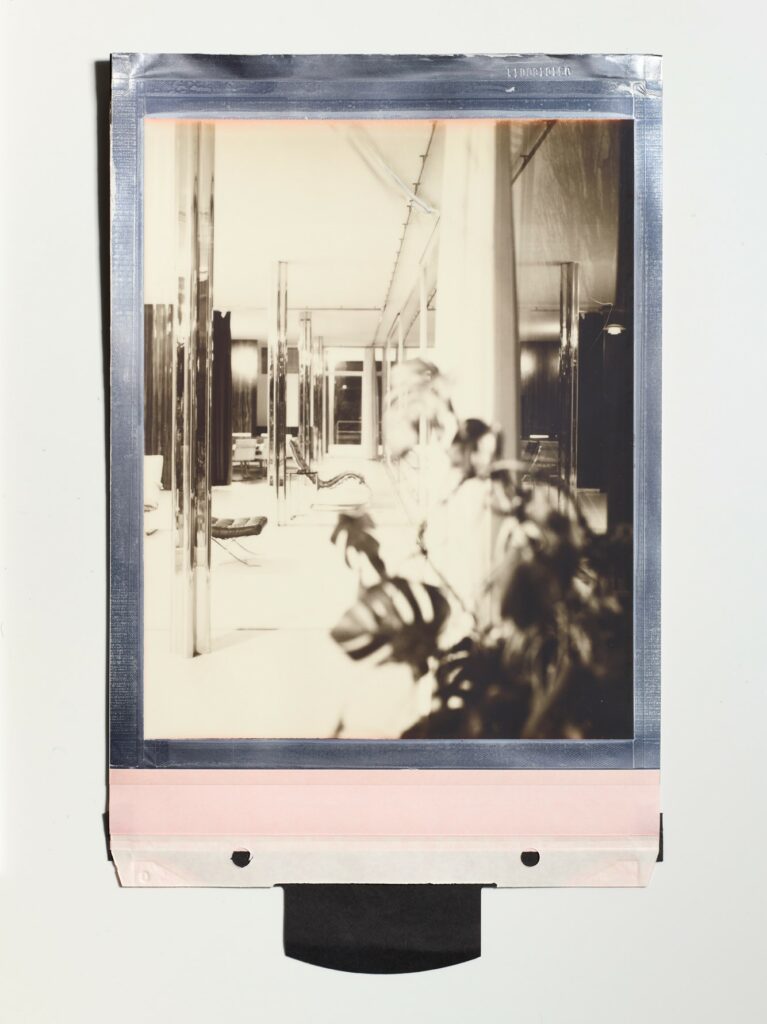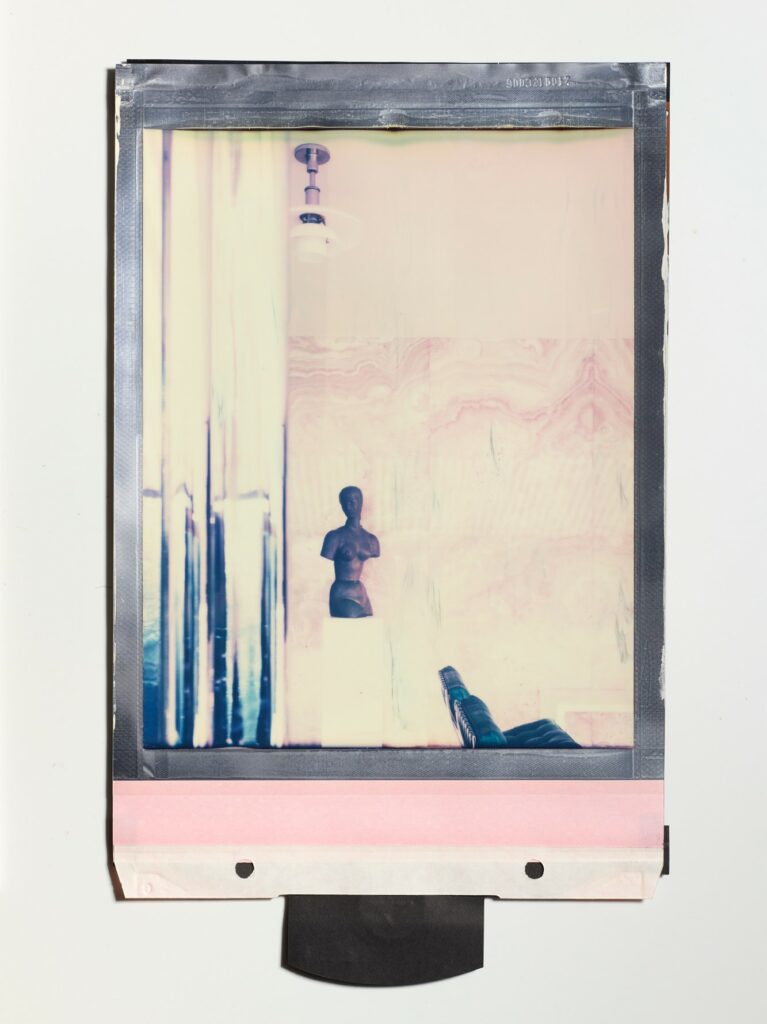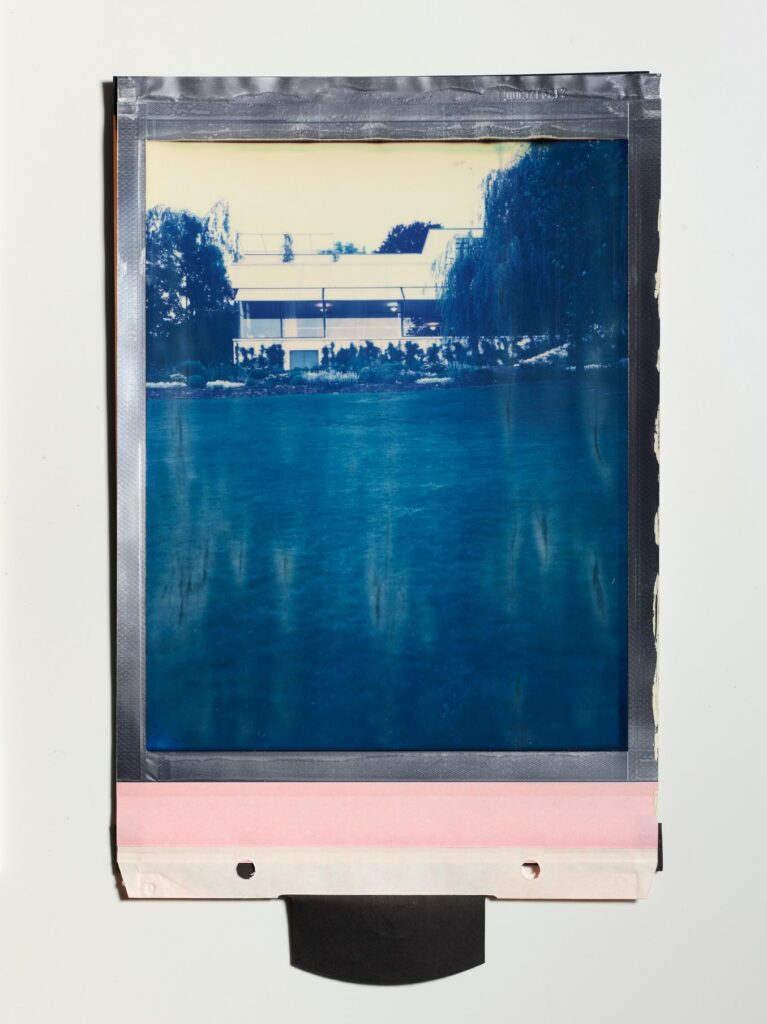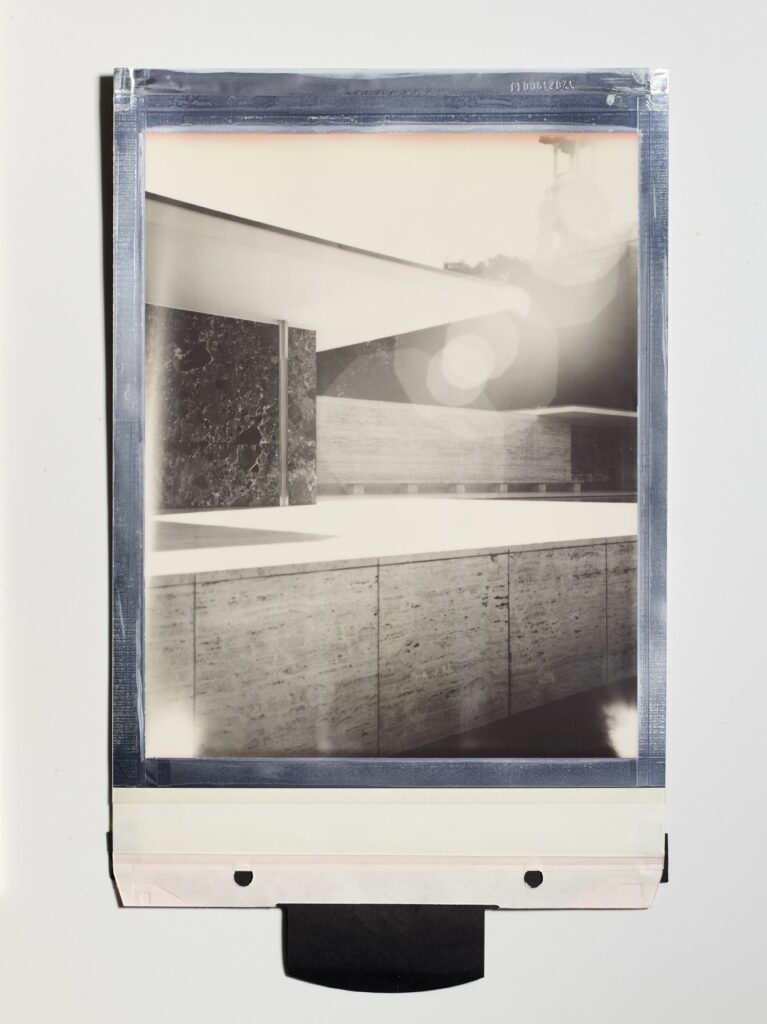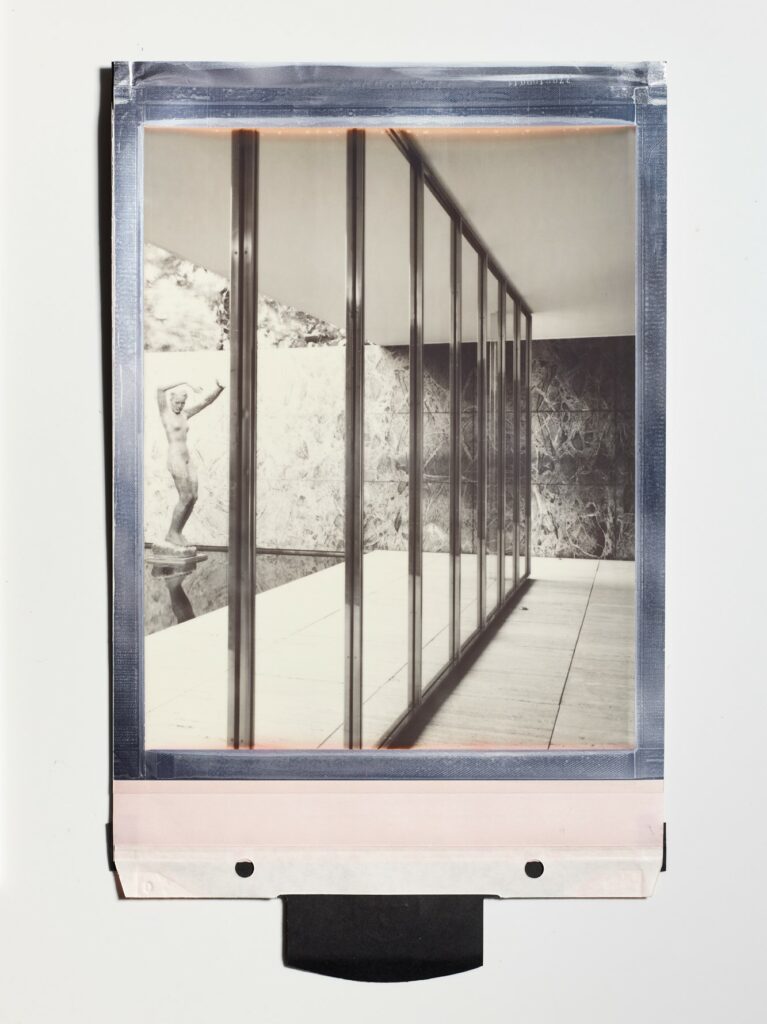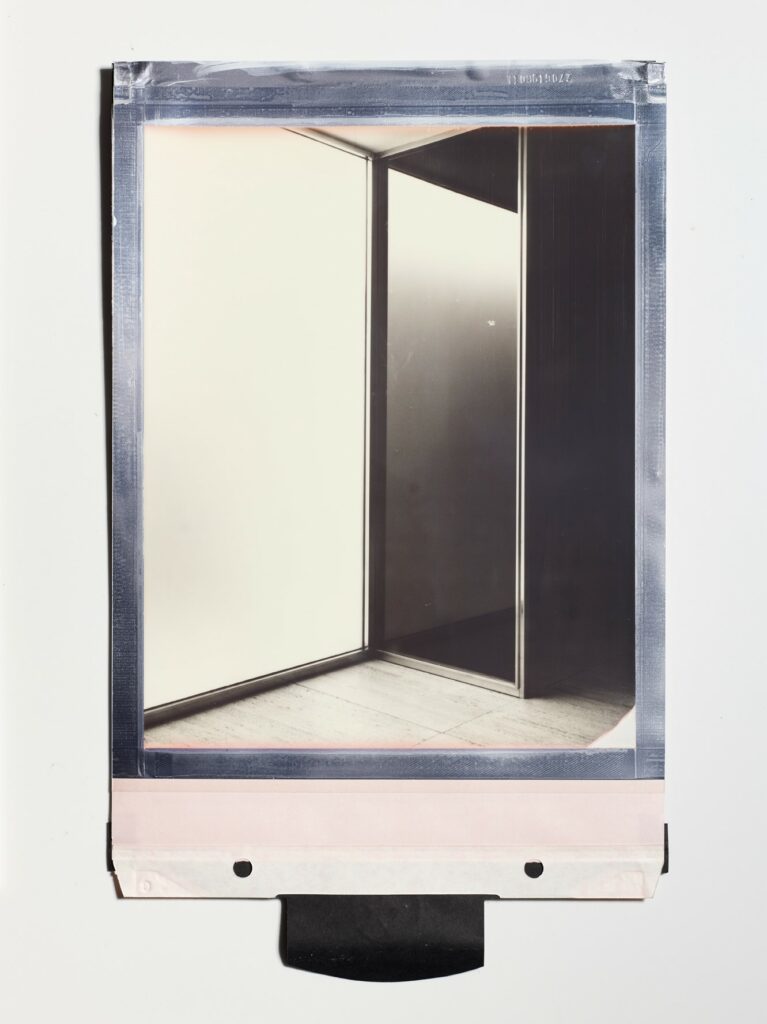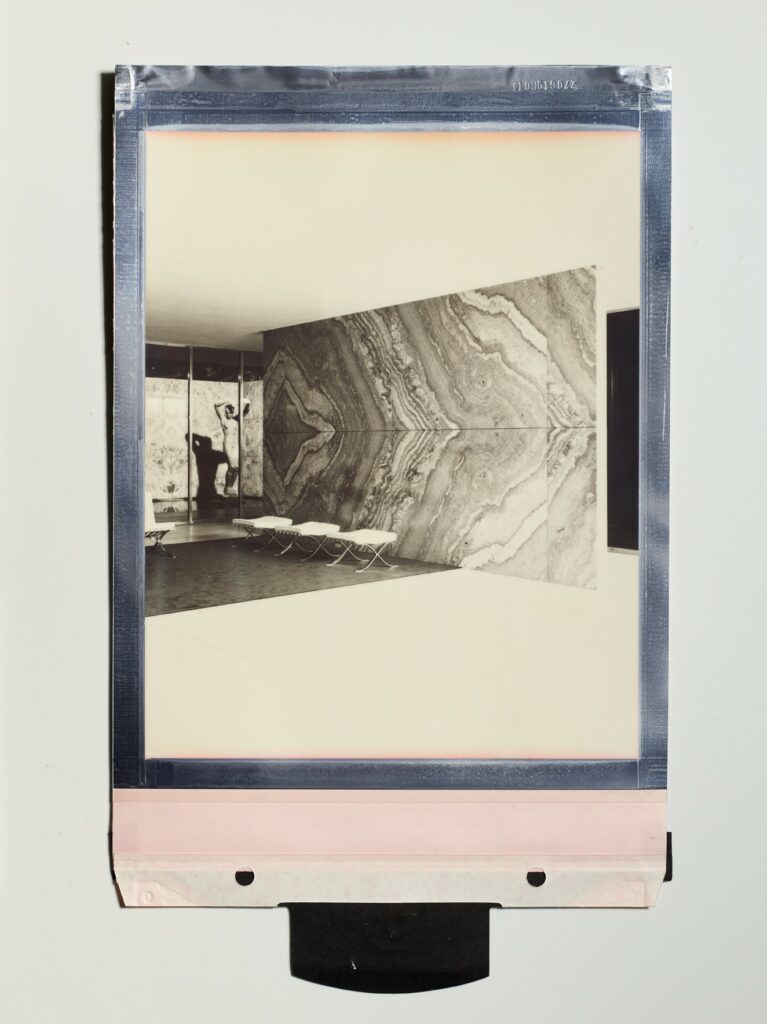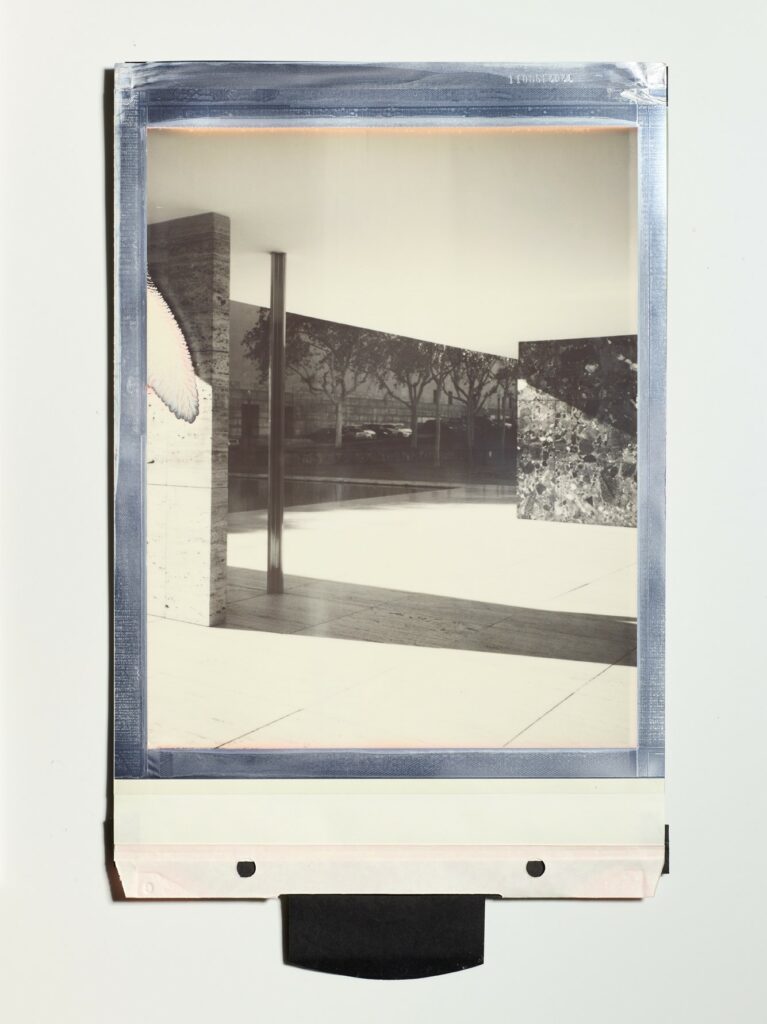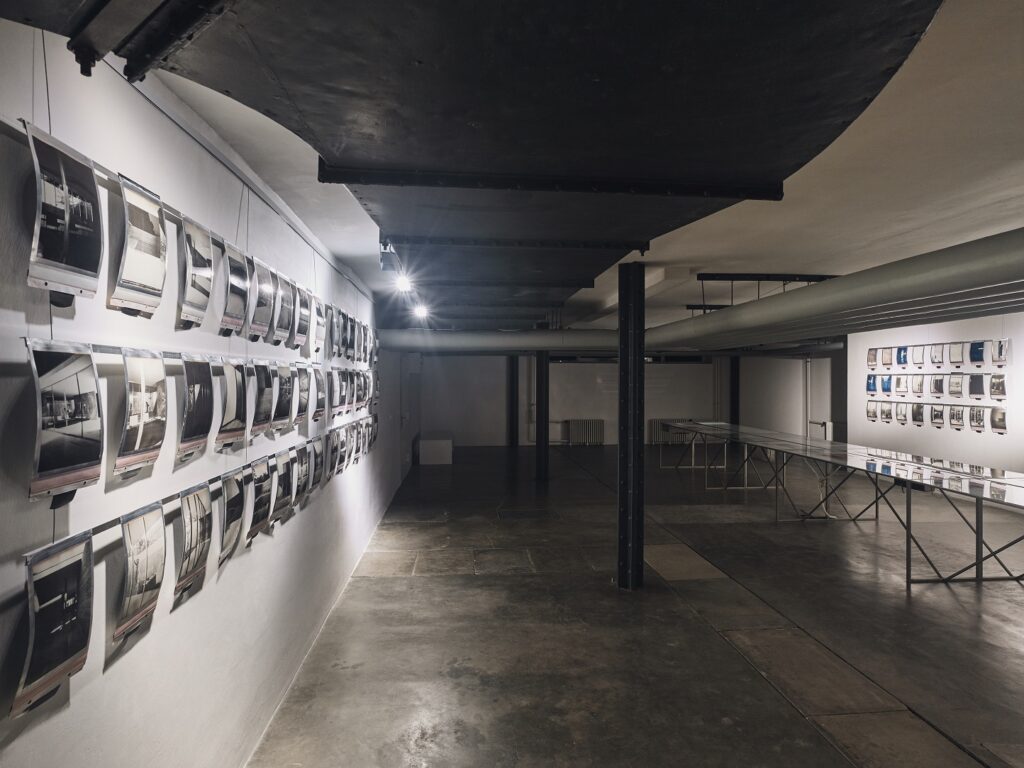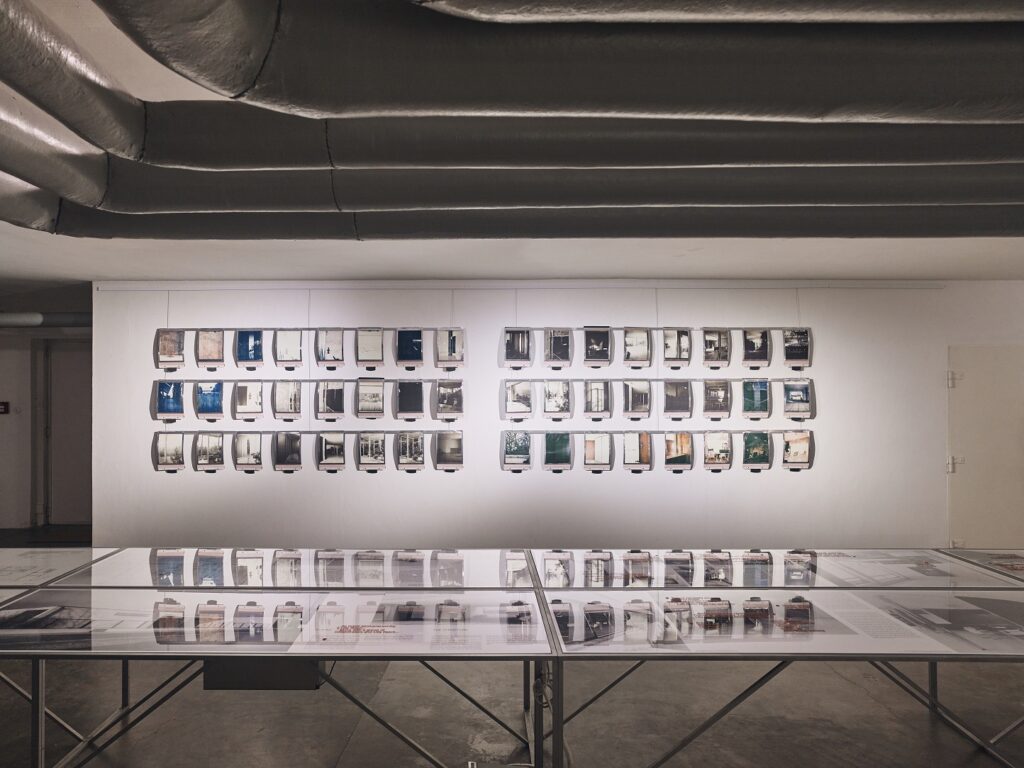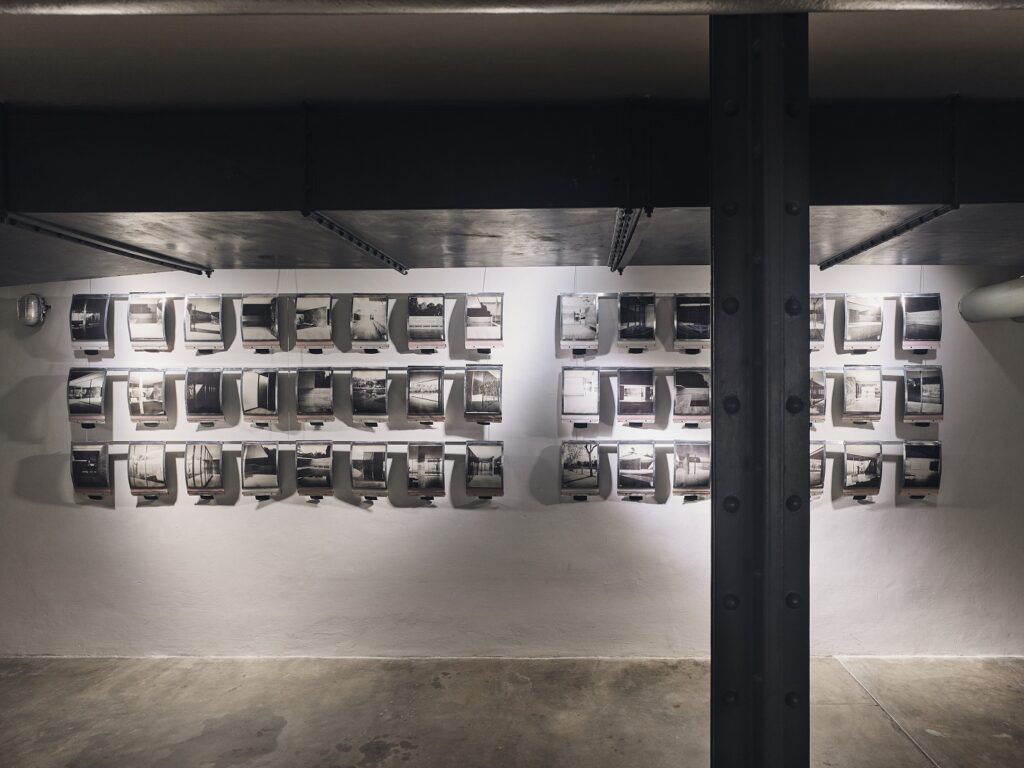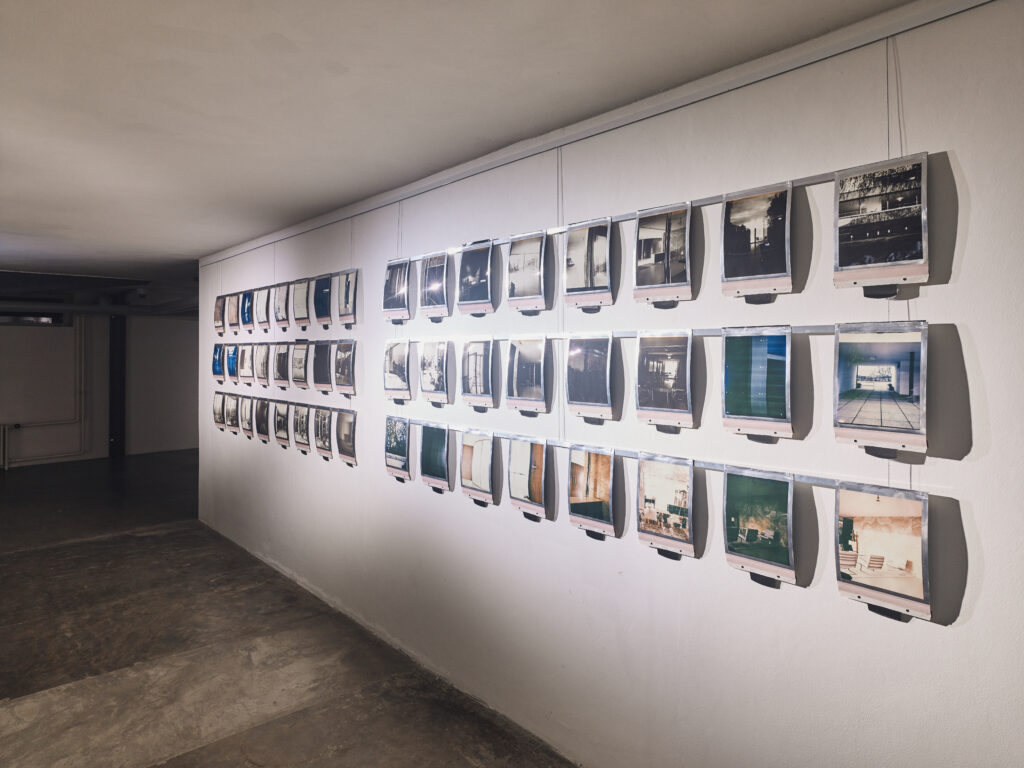LUDWIG MIES VAN DER ROHE: VILA TUGENDHAT AND THE BARCELONA PAVILION
30. 12. 2019 – 8. 3. 2020
When photography was first presented to the world 180 years ago, it marked the beginning of a new era for mankind. From the beginning, scientists, artists, and philosophers reflected upon the various ways in which this new medium might be used, and immediately pointed out its unprecedented qualities. Photography’s most important characteristic was that it could “freeze time” and produce a physical copy of reality on light-sensitive material. Many people believed photographs were a “transfer” of nature itself and saw photography as almost a miracle. The “sanctity” of the first practically applied photographic technique – the daguerreotype – was further underscored by its material essence. It was an exceptionally expensive and demanding technique, and creating every image literally involved a ritual at whose end the photographer had one original work. From its inception, photography thus possessed an air of something uncommon, something that – combined with the ability to capture people’s likenesses – caused the photographic image to be treated as something approaching a religious fetish. As early as the middle of the 19th century, one could buy special jewelry into which the wearer would place a photograph of his or her partner or children. Photographs had become totemic objects.
The nineteenth century also brought another form of cultural fetishization – the professional preservation of historical landmarks. The state began to decide which works of art and which buildings were worthy of being preserved, unchanged, for future generations. This process produced a set of exclusive objects that were not subject to “the ravages of time,” but remained eternally pure, sterile, and intact. In my view, this, too, is a kind of fetish. Photographs preserve an image of the object, while heritage preservation preserved the object itself.
The idea of photographing such a strictly and diligently protected landmark as Villa Tugendhat might therefore strike some people as nonsense. Why constantly photograph something that should theoretically still look the same? And yet, photographing Villa Tugendhat is David Židlický’s (*1976) daily bread, and it makes up a significant proportion of his creative activities. We might say, without exaggeration, that there is nothing of this building that he has not yet photographed, and his masterful images have shaped our general idea of what Villa Tugendhat looks like.
This year, David Židlický managed to update this seemingly exhausted subject by photographing the villa using the unique and exceptionally expensive technique of large-format instant photography. In so doing, he has perfectly encapsulated the absurdity of the whole situation, for instant photographs are undoubtedly a fetish and a one-of-a-kind object just as daguerreotypes once were. What is more, they possess a specific color range and tonality that instantly identify them (even as reproductions) as distinct from ordinary photographs. Combined with the object of Židlický’s interest, one might be tempted to call them a “fetish to the power of two.” But they are not.
What draws Židlický to his chosen technique is primarily the ability to create the photographic work then and there. The entire process, from setting up the camera and tripod all the way to the exposed photograph, can (but doesn’t have to) take just a few minutes, and can be done without having to leave the location. It is a highly intense combination of time, place, and photographer that is not too far removed from the “rituals” of 19th-century photography. But there is another layer to the use of instant photography, and that is the very limited ability to perfectly plan the process of creating the image with everything completely under control. Chance plays a big role in this process, errors are unforgiving, and nothing can be taken back or repeated.
This important factor links Židlický’s images with the beginnings of photography as a medium. In their fresh visuality and sense of “impurity,” they reject the traditional perception of an artificially preserved and perfectly administered landmark. They do not add another layer of “fetishization,” but instead reject it, as does the photographs’ installation as part of the exhibition, for they were not subjected to any selection. Instead, the exhibition shows all the photographs that were made, including poorly exposed or otherwise imperfect works. The photographer thus not only reveals to us the entire working process, but also emphasizes the vital nature of the material itself. Other photographs are still being made – not only in Brno, but also at Villa Tugendhat’s “sister building,” the Barcelona Pavilion. Mies van der Rohe designed the two buildings at practically the same time, and David Židlický brings them together through the physical presence of his instant photographs from Brno in Spain and vice versa. Perhaps this approach is too mystical and imbues photography with a greater power than it actually possesses. But who knows? Prejudices are limiting and have no place in the world of art…
Lukáš Bártl
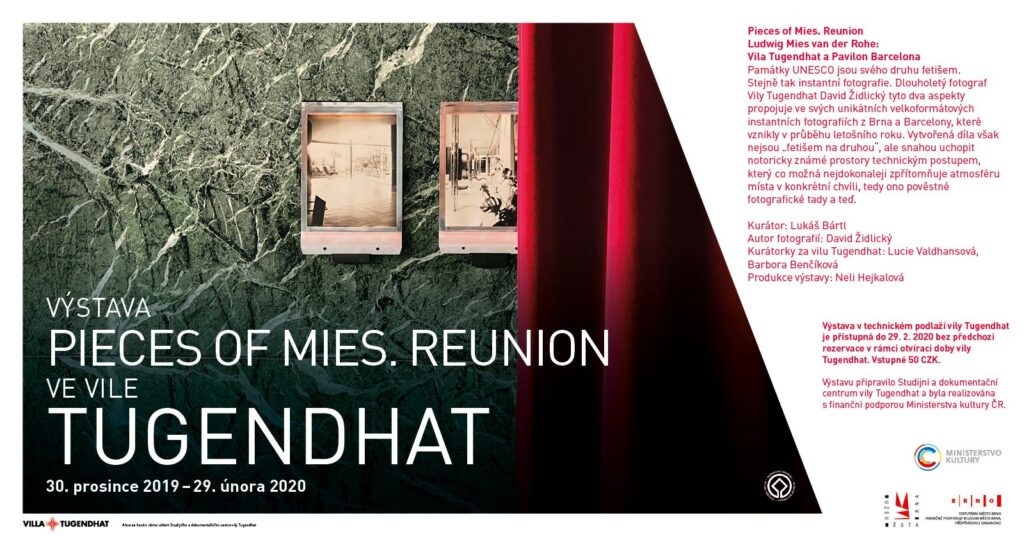
Curator: Lukáš Bártl
Photographs: David Židlický
Curators, Villa Tugendhat: Lucie Valdhansová, Barbora Benčíková
Exhibition design and production: Neli Hejkalová
Graphic design: Atelier Židlický and Marcela Schneiberková
The exhibition was prepared by the Tugendhat Study and Documentation Centre and has been realized with financial support from the Ministry of Culture of the Czech Republic.


